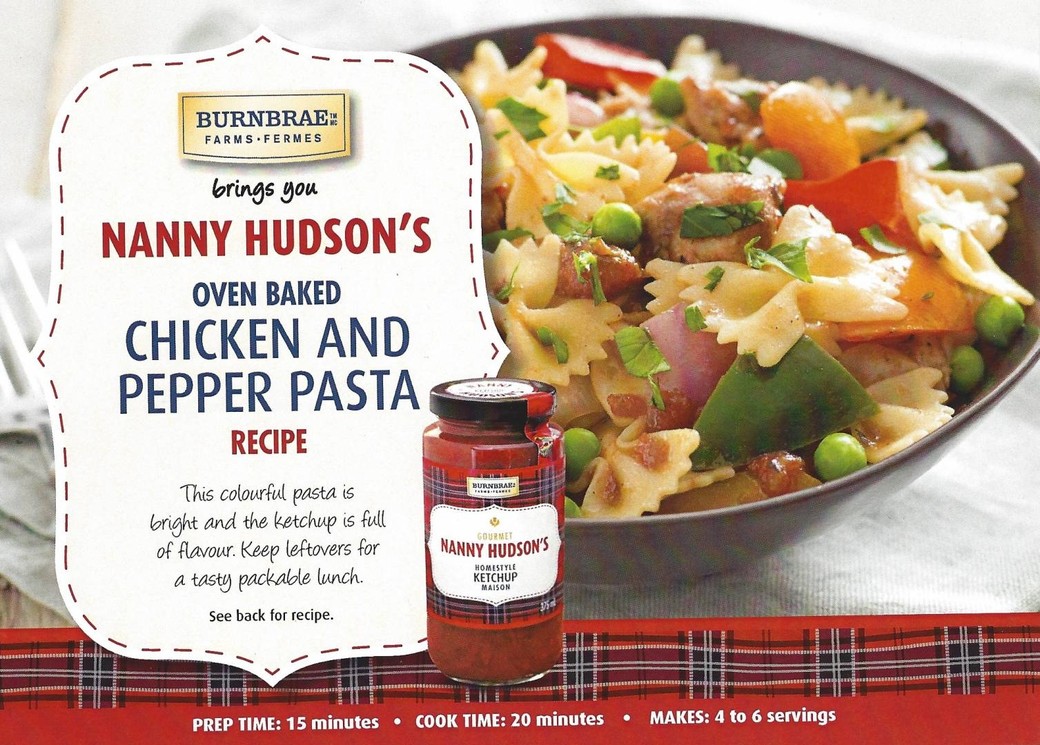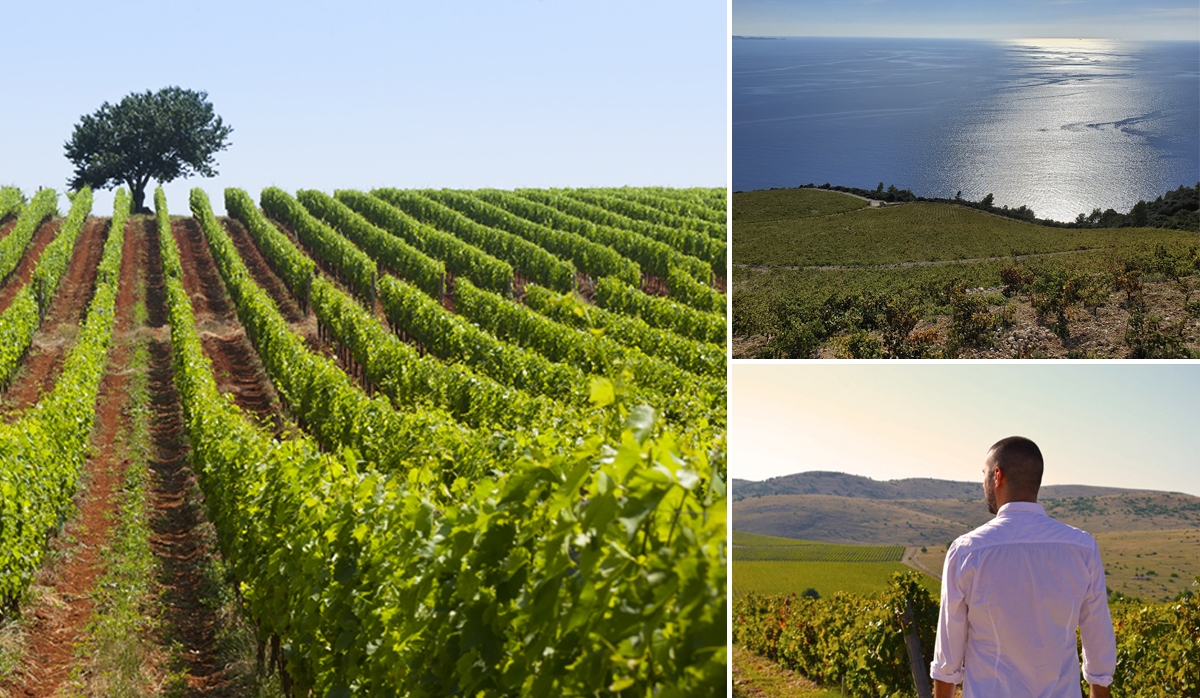
From the Vine to Your Wine Glass: The Step-by-Step Process of Winemaking
Wine isn’t just glorified grape juice. The extensive and complex process involves meticulous attention to detail, exacting taste buds and unparalleled expertise. What begins with picking grapes from a vine leads into a complex process that can make a world of difference in the quality and taste of your wine.
Growing the grapes
Depending on the soil in a given region, as well as the climate and the type of grape you’re growing, the time of growth and harvesting will change. Each winery develops its own distinctive growing and harvesting method. Some grapes are organic, others are sprayed with pesticides, while others have to be physically protected in the winter. Perfecting this balance is crucial to ensuring the highest grape quality.
Picking the perfect, ripe grape
Once harvest season rolls around, it’s crucial to make sure that your grapes are perfectly ripe. If the grapes are too green or too ripe, the flavor in your wine will be seriously compromised.
Harvesting
The perfect conditions in conjunction with the perfect grapes will lead to a successful harvesting season. Whether you’re picking the grapes by hand or by machine, only the best and ripest grapes are chosen to go through the rest of the winemaking process.
Sorting for quality
Once the harvesting has been completed, each bundle of grapes is gone through individually to remove raisined or rotten grapes. The sorted grapes then go through a machine to remove the stems.
Fermentation vessel
Once sorted, grapes are loaded onto a reception vessel, where they are then sorted into another vessel for fermentation. In the vessel, red wine is fermented with the skin while white wine is fermented without. Sometimes, the red wine grapes are foot-trodden to help the release of natural yeasts.
Punch down the skins to the bottom of the fermentation container
Pumping wine and punching the skins down introduces oxygen and releases carbon dioxide, quickening fermentation. This process is repeated multiple times.
Squeezing out the last of the juice
Using a basket press, the last juices are squeezed out from the skins. The skins, known as marc, are then discarded. Oftentimes, they end up being used as compost.
Maturation
The last step involves the maturation of wine – after several months of sitting in sealed barrels, the wine will be ready to bottle and drink.













